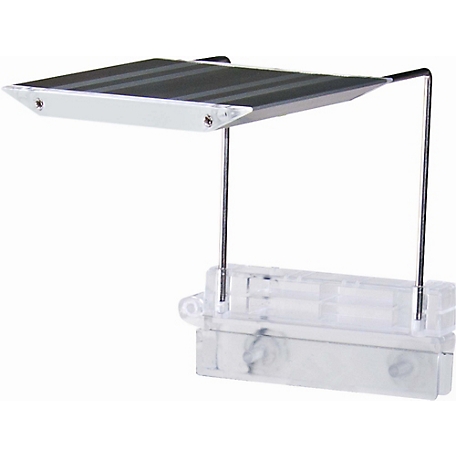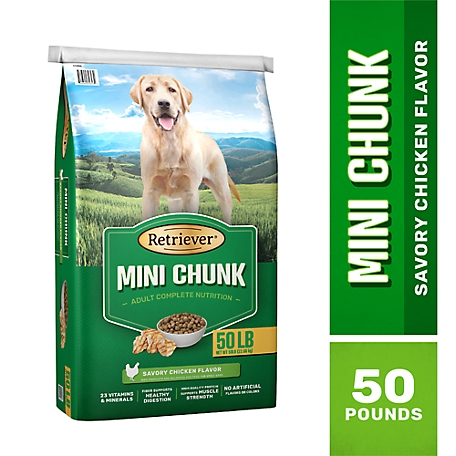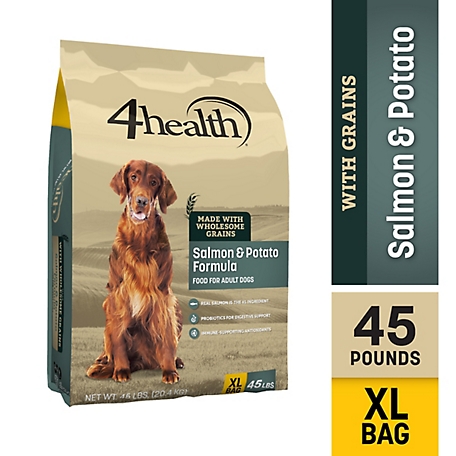Penn-Plax Plant Grow LED Aquarium Light – 146827899
The Penn-Plax Plant Grow LED Light brightens up your aquarium decorations and plants day or night. This fish aquarium decor light is built to offer the ultimate amount of light exposure for your tank. The light measures 4.5 inches wide, by 4.5 inches deep, and is only 0.5 in. thick and stands 6.25 in. above your aquarium when mounted to shine over all your aquarium decorations. Ensure the health and optimal growth of your aquatic plants with this plant growth LED light. with an innovative clapboard hinge, all aquariums, even those with hinged lids, will be able to open and close without having to reposition your light.
The Penn-Plax Plant Grow LED Light brightens up your aquarium decorations and plants day or night. This fish aquarium decor light is built to offer the ultimate amount of light exposure for your tank. The light measures 4.5 inches wide, by 4.5 inches deep, and is only 0.5 in. thick and stands 6.25 in. above your aquarium when mounted to shine over all your aquarium decorations. Ensure the health and optimal growth of your aquatic plants with this plant growth LED light. with an innovative clapboard hinge, all aquariums, even those with hinged lids, will be able to open and close without having to reposition your light.
- It is built to offer the ultimate amount of light exposure for your aquarium decorations and plants
- The light measures 4.5 inches wide, by 4.5 inches deep, and is only .5 in. thick and stands 6.25 in. above your aquarium when mounted
- Ensure the health and optimal growth of your aquatic plants with this plant growth LED light
- An innovative clapboard hinge allows all kinds of aquarium lids to open and close without having to reposition your light
- 12 bulb high power plant growth LED light is perfect for showcasing your fish aquarium decor
- 620 nm red light 450 nm blue light for essential plant growth
- Perfect for your aquatic plant tanks, aquarium decorations, and house plants
Additional information
| Product Type | LED Lights |
|---|---|
| Primary Color | White |
| Primary Material | Stainless Steel |
| Product Height | 5 in. |
| Product Length | 0.7 in. |
| Product Weight | 2.35 lb. |
| Product Width | 5.75 in. |
| Voltage | 110-120V |
| Water Type | Freshwater/saltwater |
| Manufacturer Part Number | PGL1 |











by Ron
A bit undersized from what the photo showed. Too small to use for garden plant starts but should be good for individual plants.